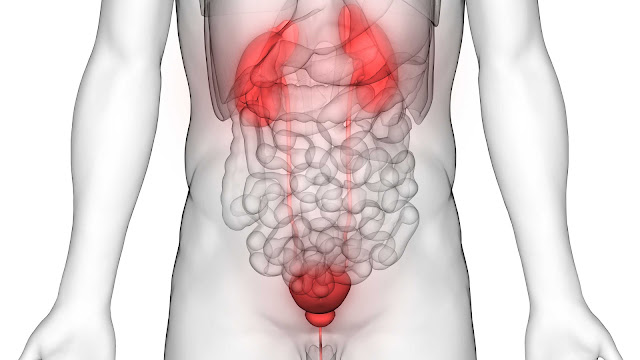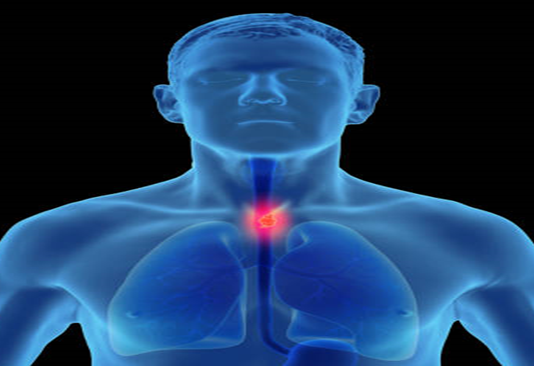What are Urogenital cancers and symptoms?| The Onco clinics
Urogenital cancers are diverse, including tumors of
the kidney and bladder, as well as the prostate and testicles in men.
Urogenital malignancies can in a variety of forms.
Types:
Prostate cancer is a type of cancer that affects men Prostate
cancer is the most frequent cancer in males that is nonskin cancer. Growing old
and, less typically, a family history of the disease are both risk factors.
"bladder cancer" is more accurately called
urothelial carcinoma. Its incidence rises with age, smoking, and dye exposure.
Painless, frank haematuria is the most common presenting symptom.
Renal cancer is a type of cancer that affects the
The majority of kidney tumors are now discovered by
chance, as a result of imaging that was done for another purpose. The most
prevalent subtype is clear cell carcinoma. Cancers are typically clinically
asymptomatic until they grow large enough to cause issues (e.g., haematuria,
discomfort, inferior vena cava infiltration) or until they spread. Resection is
curative for small cancers in anatomically favorable locations (e.g., upper or
lower pole of the kidney)
Cancer of the germ cells:
Germ cell (reproductive cell) tumors show as a lump in
the testis in young men and come in several histopathological subtypes.
Symptoms:
Urinating more frequently than normal.
During urinating, you may experience pain or a burning
sensation.
Even though your bladder isn't full, you feel the need
to go straight away.
Having difficulty urinating or a weak urine stream
Having to get up several times during the night to
urinate.
If you are facing these issues or related to Urologic
oncology include cancers of the kidney and bladder, as well as the prostate and
testicles in males. Urogenital cancers can in a variety of forms. Onco clinic
is the best cancer hospital in Gurgaon,
we provide the Best Oncologist inGurgaon, At The Onco Clinic, you can find the greatest uro oncologist. A
multidisciplinary consultation meeting is used to tailor treatment solutions to
each patient.


Comments
Post a Comment